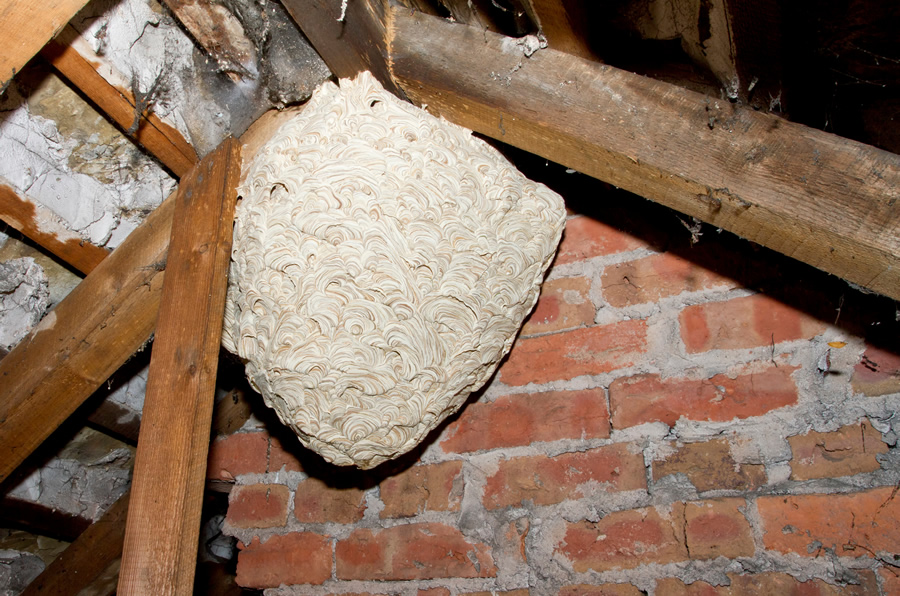Wasp Nest Removal: A Comprehensive Guide
If you’ve ever had the misfortune of discovering a wasp nest on your property, you know how crucial it is to address the issue promptly and safely. Wasp nest removal can be a daunting task, but with the right knowledge and approach, you can ensure the safety of your family and reclaim your outdoor space. In this guide, we will walk you through the essential steps of wasp nest removal.

Identifying the Wasp Nest
Before you can begin the removal process, you need to locate the wasp nest. Different species of wasps build nests in various locations. Common sites include under eaves, in wall voids, underground, and even in trees or bushes. Regularly inspect your property for any signs of wasp activity.
Safety Precautions
Wasp nest removal can be risky, as these insects can become aggressive when their nest is threatened. To protect yourself, wear appropriate clothing, including a long-sleeved shirt, long pants, gloves, and a face mask. It’s also advisable to work during the evening or early morning when wasps are less active.
Choosing the Right Removal Method
There are several methods for removing a wasp nest, each with its Wasp nest removal pros and cons:
Chemical Sprays: Insecticides designed for wasp nest removal are available in the market. Follow the instructions carefully and apply the spray directly into the nest entrance during the evening when wasps are inside.
Freezing: Some homeowners use freezing agents to immobilize the wasps and then remove the nest. This method is less common but can be effective.
Professional Pest Control: For large or hard-to-reach nests, it’s best to hire a professional pest control service. They have the expertise and equipment to handle wasp nest removal safely.
Removing the Nest
After the wasp colony has been eliminated, you can proceed to remove the nest. Carefully cut it away from the surface it’s attached to using a long stick or scraper. Be cautious and avoid sudden movements, as there might still be some lingering wasps.
Disposal
Place the removed nest in a plastic bag and seal it tightly. This ensures that any remaining wasps cannot escape. Dispose of the bag in an outdoor trash bin, preferably one that’s far from your home.
Preventing Future Nests
To prevent future wasp nests, consider taking the following precautions:
Seal any gaps or cracks in your home’s walls or eaves where wasps might build nests.
Install mesh screens on windows and vents to keep wasps out.
Keep food and sweet beverages covered when outdoors, as these can attract wasps.
Hang decoy nests, which can deter wasps from building real nests in the same area.
Conclusion
Wasp nest removal is a task that should be approached with care and attention to safety. By following these guidelines and taking preventive measures, you can ensure a wasp-free environment and enjoy your outdoor spaces without fear of stings. Remember that if you’re unsure about handling a wasp nest, it’s always wise to seek professional assistance to avoid any potential risks.
By taking the right steps, you can protect your home and loved ones from these stinging insects and enjoy a more peaceful outdoor experience.
For more information and professional assistance, consult with your local pest control experts.